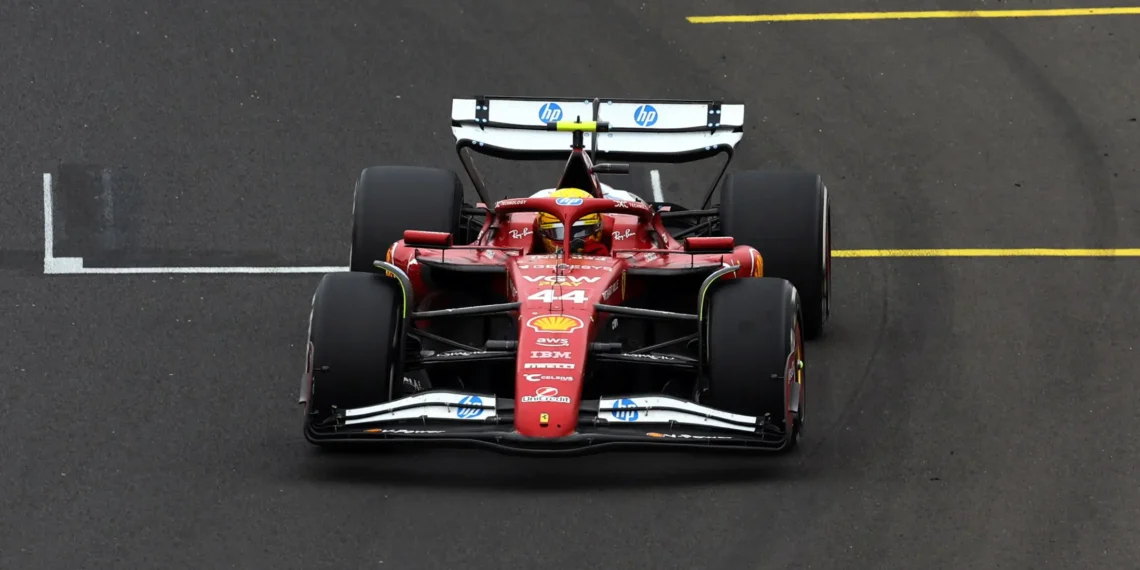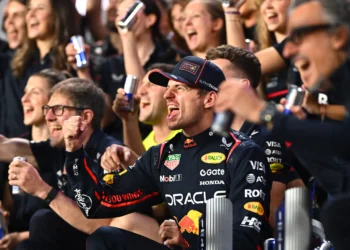The Hungarian Grand Prix sent shockwaves through the Formula 1 world, exposing a critical flaw in Ferrari’s 2025 F1 car design. Despite Charles Leclerc’s impressive pole position in Hungary, Ferrari’s dreams of victory were shattered as their ongoing design struggles came to the forefront once again.
Ferrari, the most successful team in F1 history, made significant changes to 99% of their car for the 2025 season after narrowly missing out on the Constructors Championship in the previous year. However, this bold move has backfired spectacularly, with Ferrari now playing catch-up to the dominant McLaren team.
While Leclerc has managed to secure five podium finishes, Ferrari finds itself in a distant second place in the Constructors’ Championship, largely due to the superior performance consistency of both Red Bull and Mercedes.
The core issue plaguing Ferrari revolves around their car’s inability to manage plank wear effectively. This design flaw has haunted the team since the beginning of the season, severely limiting their performance potential. Despite glimpses of brilliance, such as Leclerc’s pole position in Hungary, Ferrari has been unable to maintain a competitive edge due to this fundamental flaw.
Efforts to address the plank wear problem, including the introduction of a new rear suspension design at the Belgian Grand Prix, have fallen short of providing a permanent solution. The team has resorted to advising drivers like Leclerc and Hamilton to lift and coast to protect the plank, further hampering their race pace.
The Hungarian Grand Prix underscored Ferrari’s ongoing struggles, with Leclerc being forced to relinquish a promising lead due to plank wear concerns. Even Hamilton, a seven-time F1 champion, found himself grappling with the limitations of the Ferrari car throughout the race weekend.
As Ferrari heads into the mid-season break without a single victory in 2025, the team faces an uncertain future. With development efforts shifting towards the 2026 regulations, there is little hope for a quick resolution to their design woes.
Ferrari’s quest for a turnaround hinges on finding a delicate balance between performance and plank wear management. However, with McLaren’s dominance on the rise and Ferrari’s glaring design limitations laid bare, the road to redemption appears treacherous for the iconic Italian team.
In a season marred by disappointment and missed opportunities, Ferrari must confront their design demons head-on if they harbor any hopes of reclaiming their former glory on the F1 circuit.










